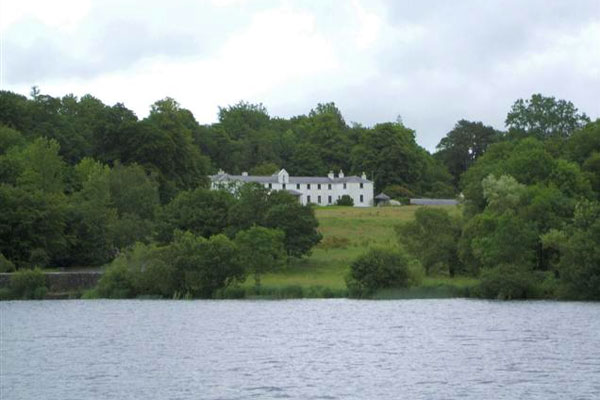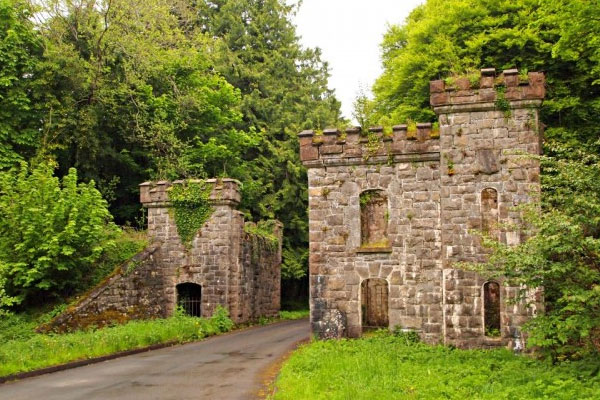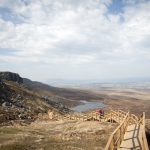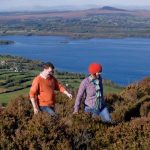Lower Lough Erne is fringed by woodland growing on the shore that was exposed during drainage schemes from the 1800’s to the 1950s.
This damp woodland is a haven for mixed flocks of tits and siskins in winter, and in spring is carpeted with primroses, violets, wild garlic and marsh marigolds. Some islands are wooded and have heronries and breeding woodcock, others are grazed and have important breeding populations of curlew, lapwing, redshank and snipe, while on the exposed rocky islands gulls, common terns and Sandwich terns breed. Speckled wood, green veined white and orange tip butterflies are commonplace; sheltered areas usually also have peacock and tortoiseshell and wherever there are mature oak and violet there is the possibility of seeing silverwashed fritillaries.
Walking Trails
There are 2 walking trails available to reach the summit of Cuilcagh Mountain in Fermanagh.
These two trails are sections of the Cuilcagh Way, a long distance trail that explores some of the most idyllic landscapes of Fermanagh including the Cladagh Glen, Cuilcagh Mountain Park and Florence Court Forest. For more information on the Cuilcagh Way visit the Walk NI website.
Ely Lodge Forest Walking Trails
(part of the Marble Arch Caves Global Geopark)
Along these two looped walks you may see great crested and little grebe, tufted duck, mallard and mute swan, as well as flowering rush and tufted sedge that grow at the water’s edge.
Bluebells and wood anemones are abundant in spring, while later in the summer broad leaved helleborines and bird’s nest orchids grow beside the path. Feral goats can sometimes be seen on the wooded offshore islands while red squirrels and pine martens reside in the area.
Castle Caldwell Forest
(part of the Marble Arch Caves Global Geopark)
There are lovely trails through the wooded peninsulas at the eastern end of the lake. The bluebells are spectacular in spring and a wide variety of wildfowl occur off shore. The lake shore walks have numerous tree species including less common species such as spindle, guelder rose, purging buckthorn and the endemic Irish whitebeam. Yews occur on rocky outcrops.







